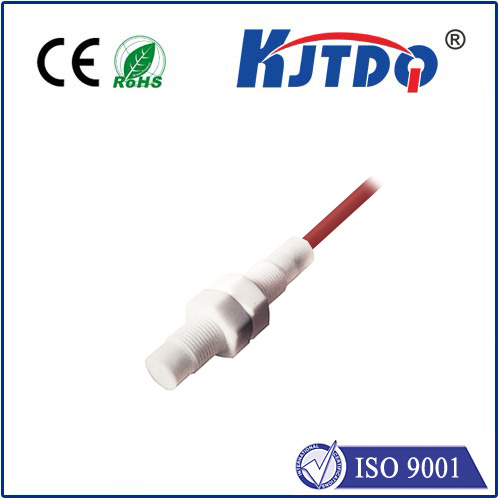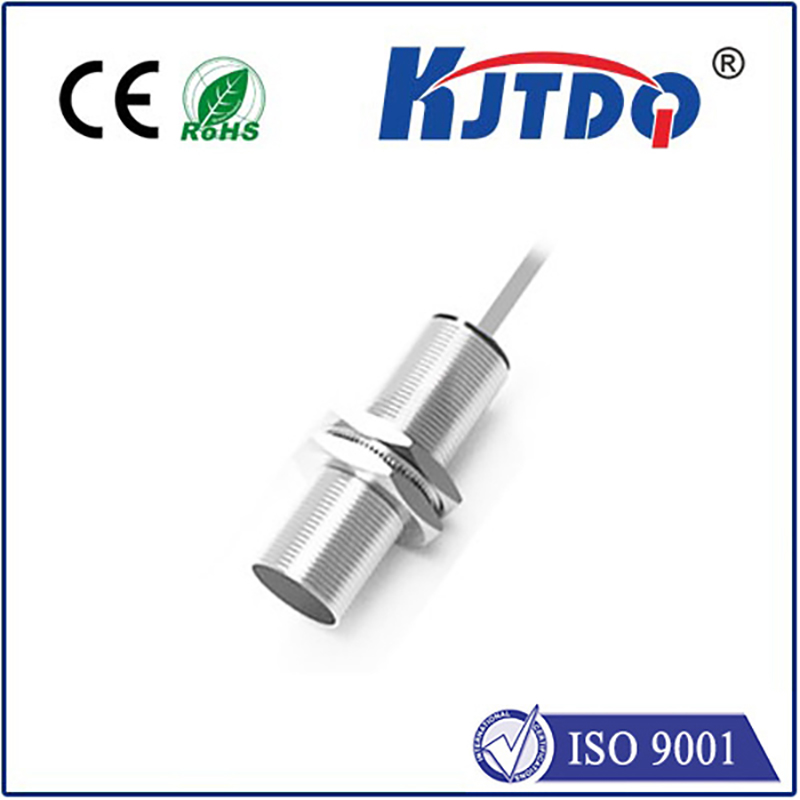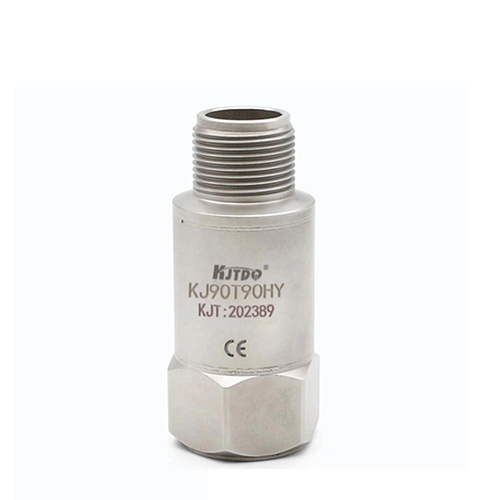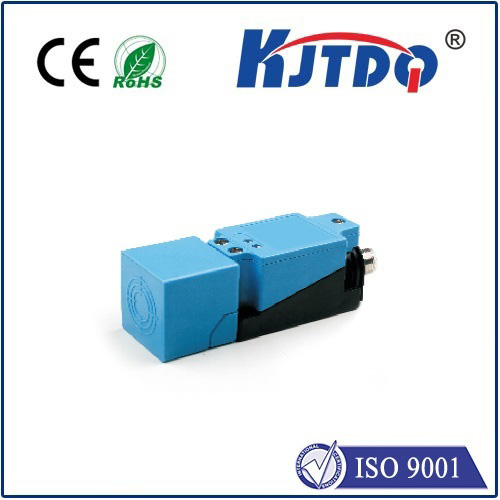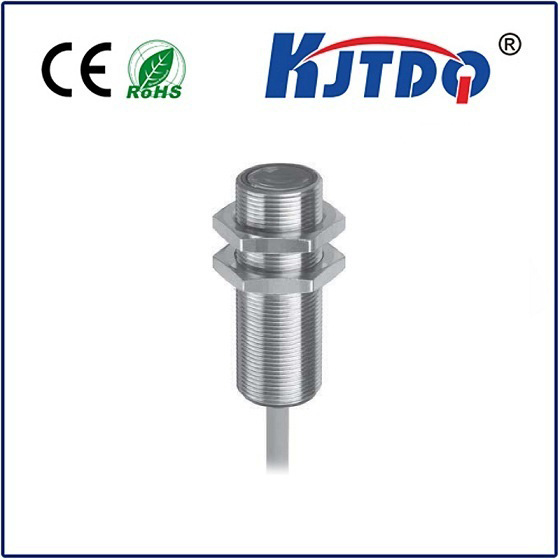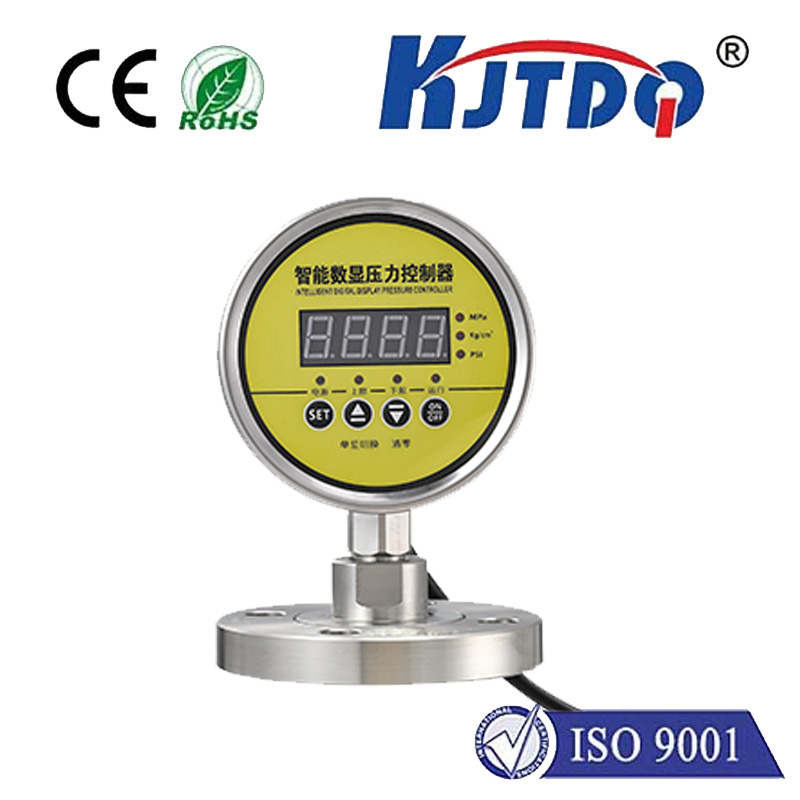proximity sensors with plug
- time:2025-09-05 11:19:25
- Нажмите:0
Plug & Play Precision: The Game-Changing Benefits of Proximity Sensors with Built-In Connectors
Imagine wrestling with tiny wires in a cramped control panel, trying to connect a crucial sensor while the production line waits. Frustrating, time-consuming, and prone to errors, right? This common industrial headache is precisely why proximity sensors with integrated plugs have become such a transformative solution. Offering a true plug-and-play experience, these sensors streamline installation, boost reliability, and significantly reduce downtime across countless automation applications.
So, what exactly makes a proximity sensor with plug stand out? At its core, it functions identically to a standard proximity sensor – detecting the presence or absence of nearby metallic objects (inductive type) or various materials (capacitive type) without physical contact. The revolutionary difference lies in its termination. Instead of bare wires or a separate, solderable connector block, these sensors come equipped with a factory-attached, standardized plug connector. Common types include the compact and robust M8, slightly larger M12, or even rectangular varieties like M23, designed to mate seamlessly with corresponding sockets on control units, PLCs, or junction boxes.
The advantages of this integrated connector approach are profound and multifaceted:

- Lightning-Fast Installation & Reduced Downtime: This is the most compelling benefit. Technicians no longer need to spend precious minutes or even hours stripping wires, crimping terminals, soldering connections, or wrestling with separate connector housings. Simply plug the sensor into its receptacle, secure its mounting, and it’s operational. This drastically slashes machine setup times, facilitates rapid replacements during maintenance, and minimizes costly production stoppages.
- Enhanced Reliability & Reduced Wiring Errors: Manual wiring introduces inherent risks – loose strands causing shorts, incorrect polarity, poor crimps leading to intermittent faults, or simply connecting to the wrong terminal. Plug-in proximity sensors eliminate virtually all these risks. The connectors are keyed and standardized, making incorrect mating nearly impossible. Factory-crimped and sealed connections ensure consistent, high-quality terminations far superior to most field-installed solutions, leading to significantly improved operational reliability.
- Simplified Maintenance & Serviceability: When a sensor fails or needs replacement (a common occurrence in harsh industrial environments), swapping it out is incredibly straightforward. Unplug the old sensor and plug in the new one. This eliminates the need for specialized tools or skilled electricians just for a sensor swap, empowering maintenance crews to resolve issues far more quickly. Inventory management also becomes easier, as replacements are complete, ready-to-use units.
- Improved Sealing and Environmental Protection: Sensors with pre-attached plugs often feature integrated sealing where the cable enters the connector body. This critical sealing point is handled robustly during manufacturing, typically achieving IP67, IP68, or IP69K ratings. This provides superior protection against dust, liquids, and washdown procedures compared to sensors where cables enter through a gland nut, where achieving consistent, reliable sealing in the field can be challenging.
- Space Optimization: While the connector adds a small length to the sensor body, in many panels, the elimination of bulky terminal blocks and the mess of individually wired connections actually leads to better-organized and more compact control cabinets. Plug connectors require less space behind panels than traditional terminal strips handling multiple wires.
Where Plug-and-Play Proximity Sensors Shine:
The applications are vast, spanning virtually any industry reliant on automation:
- Packaging Machinery: Detecting product presence on conveyors, monitoring fill levels, confirming cap placement – quick sensor swaps are essential to maintain high-speed production.
- Automotive Assembly: Used extensively on robots and transfer lines for part presence verification, position detection, and end-of-stroke confirmation. The robustness is key in these demanding environments.
- Перевозка материалов: Monitoring object position on automated guided vehicles (AGVs), palletizers, and sorting systems. The reliability ensures smooth logistics operations.
- Food & Beverage Processing: Stainless steel variants with IP69K ratings withstand aggressive washdowns. Quick changeovers are critical for hygiene and production efficiency.
- Станки: Detecting tool position, chuck clamping, or workpiece presence. Resistance to coolants and metal swarf is vital.
- Pharmaceutical Manufacturing: Ensuring precision in filling, capping, and labeling lines within cleanroom environments.
Key Considerations When Choosing:
While the benefits are clear, selecting the right plug-in proximity sensor requires attention to detail:
- Connector Type & Pin Configuration: Ensure compatibility with your existing control system sockets (M8 3-pin, M12 4-pin NPN/PNP, 5-pin Namur, etc.).
- Sensor Type: Inductive (metal detection) or Capacitive (detects various materials, including liquids through non-metallic containers).
- Sensing Range & Size: Choose the appropriate range (Sn) and housing size (e.g., M8, M12, M18, M30) for your specific mounting constraints and detection distance needs.
- Output Type: NPN, PNP, analog (current/voltage), or specialized (Namur, IO-Link) – select based on PLC input requirements.
- Environmental Rating: Match the IP rating (e.g., IP67, IP68, IP69K) to the operating conditions (dust, moisture, high-pressure washdown, temperature extremes).
- Electrical Specifications: Voltage range, current consumption, and switching frequency must align with your system.
- Cable Length: Standard pre-attached cable lengths are common, but custom lengths might be available depending on the manufacturer.
Investing in Efficiency and Reliability
Proximity sensors with integral plugs represent a smart evolution in industrial sensing technology. Moving beyond the cumbersome and error-prone processes of traditional wiring, they deliver tangible operational benefits primarily through drastically reduced installation and maintenance time. The resultant improvements in system uptime, reliability, and overall cost of ownership make them not just a convenience, but a strategic advantage for any operation focused on lean manufacturing, efficiency, and minimizing disruptions. When planning your next automation project or upgrading existing equipment, specifying sensors with built-in connectors is a decision that pays dividends in operational smoothness and peace of mind. They truly embody the principle of working smarter, not harder, on the factory floor.


